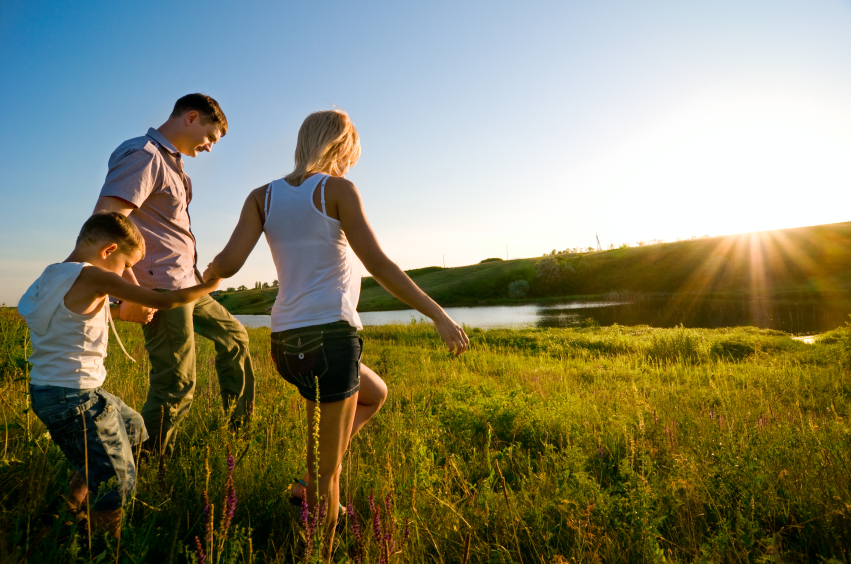
Family-based preparedness is a well-rounded way of ensuring that all members of the family understand the importance of safety and how imperative it is to a preparedness plan.
A Blueprint of Preparedness
Planning is the key to survival. Having a plan in place to help determine what steps need to be taken by you and your family members when an emergency arise will ensure that all preparedness needs are covered. Remember, your main priorities are shelter, fire, and water/food. Use this checklist to begin putting your emergency plan in place.
When planning for a disaster follow these protocols:
- Have a plan in place (choosing the location, let family members know where your destination is, the contact information, a secondary destination, etc.).
- Decide on the duration of the disaster you are planning for (3-day, 2 week, short-term or longer- term disasters).
- Create a financial plan on how much money you can contribute to your preparedness budget.
- Keep the basic needs in mind: food, water, shelter, clothing, safety and communication.
- Try and find items that are light weight, functional and versatile so that if you have to carry them for long periods it will not be a strain.
- Also, ensure that you have contingency plans put in place in case your first plan does not work out.
- In addition, plan for worst case scenarios and have emergency I.D. cards made for each family member (including your pets) with current information provided.
Complete this Checklist
- Post emergency telephone numbers by phones (fire, police, ambulance, etc.).
- Teach children how and when to call 911 or your local Emergency Medical Services number for emergency help.
- Determine the best escape routes from your home. Find two ways out of each room.
- Find the safe spots in your home for each type of disaster.
- Show each family member how and when to turn off the water, gas, and electricity at the main switches.
- Check if you have adequate insurance coverage.
- Teach each family member how to use the fire extinguisher, and show them where it’s kept.
- Install smoke detectors on each level of your home, especially near bedrooms.
- Conduct a home hazard hunt.
- Stock emergency supplies and assemble a disaster supplies kit.
- Take a Red Cross first aid and CPR class.
We’re Not Scared Because We’re Prepared!
Teaching family members to be prepared for unforeseen events starts at home. Ensure that all members of your family know the protocols for a given emergency. Practice regularly to help members know what must be done when a disaster strikes. Studies have shown, that a child is less fearful of unforeseen circumstances when they know they can handle the situation on their own. So give them the tools to do just that. One way you can teach children about preparedness and how to be self reliant is to help them create a preparedness kit that they can carry in their backpacks, and/or purses.
Stay in the Loop!
Communication during a disaster can be quite troublesome given that the grid goes down during most natural disasters. Sadly, during these types of disasters, family and loved ones can become separated. Prepare ahead for this! According to the CDC, families should develop different methods for communicating during emergency situations and share their plans beforehand with all those who would be worried about their welfare. Options for remaining in contact with family and friends if a disaster strikes include:
- Phone contact with a designated family member or friend who is unlikely to be affected by the same disaster.
- Email notification via a family distribution list.
- Registration on the American Red Cross Safe and Well Website.
- Use of the toll-free Contact Loved Ones voice messaging service (1-866-78-CONTACT).
- Use of the US Postal Service change of address forms when it becomes necessary to leave home for an extended period of time, thus ensuring that mail will be redirected to a current address.
Keeping your family safe during a disaster is always your main priority and planning before a disaster strikes will keep you calm, level headed and members of the family will be less panicky and fearful.
For a comprehensive preparedness plan, see 52 Weeks to Preparedness
This article was originally published at Ready Nutrition™ on April 6th, 2013






